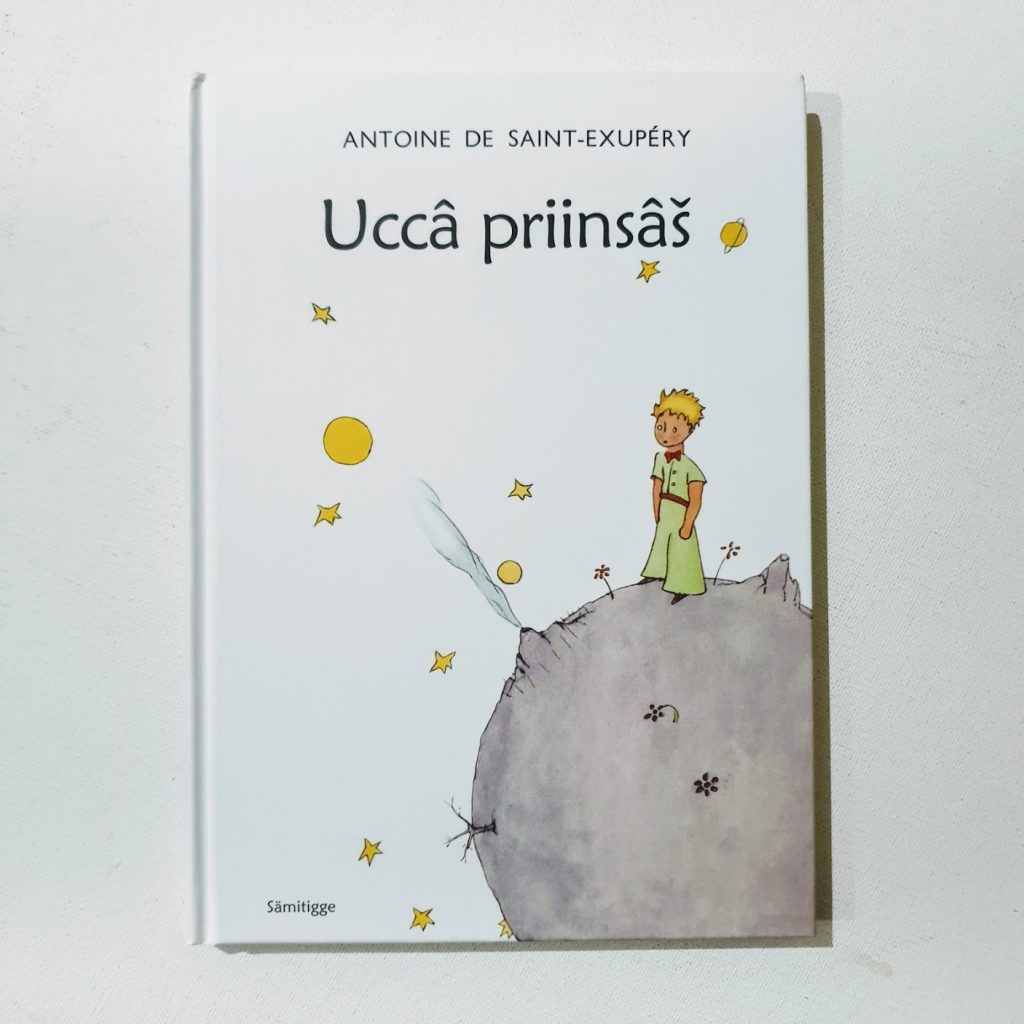
Uccâ Priinsâš — in Inari Sámi language.
Inari Sámi is one of the Sámi languages, spoken by the Sámi people living around Lake Inari and in the municipality of Inari, in northern Finland. It is one of the lesser-spoken Sámi languages, with only around 300 to 400 speakers, making it critically endangered. However, Inari Sámi has seen successful revitalisation efforts, which serve as a model for endangered language preservation.
Inari Sámi has a phonological system that includes a range of consonant and vowel sounds, some of which are not found in other languages. Like other Sámi languages, it features vowel harmony and has distinct sounds that can change the meaning of words. The language is agglutinative, using a variety of affixes to indicate grammatical relationships. Inari Sámi has nine grammatical cases that affect nouns, pronouns, adjectives, and numerals, similar to other Uralic languages. Its verb system is complex, marking for mood, tense, person, and number. The vocabulary of Inari Sámi reflects the culture and environment of its speakers, with a rich array of terms related to reindeer herding, fishing, and the natural landscape. It has also borrowed words from Finnish, Norwegian, and Russian.
Inari Sámi is recognized as a minority language in Finland, where the Sámi are granted cultural autonomy. The language is used in local administration and education within the Sámi homeland in Northern Finland. Despite the small number of speakers, Inari Sámi has experienced a revival, thanks to comprehensive language preservation programs. These include language nests for young children, language courses for adults, and the production of literature, media, and educational materials in Inari Sámi.


